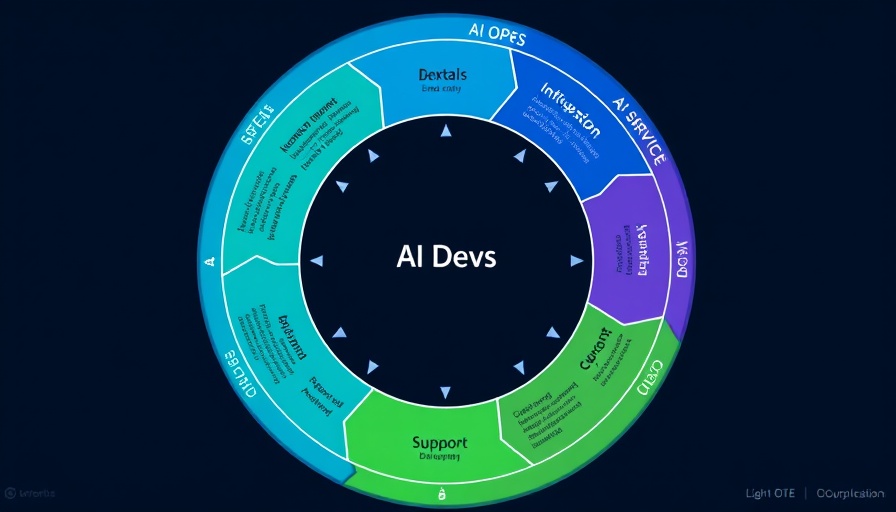
The Future of IT Operations: Migrating to the Atlassian Platform
In recent years, the landscape of IT operations has undergone a significant transformation, primarily driven by the need for companies to adapt to an increasingly digital world. With Atlassian's acquisition of Opsgenie, the integration of its specialized alerting and on-call management systems within the broader Atlassian platform marks an important milestone in this evolution. The aim is clear: to create a cohesive operational framework that bridges the gap between development and IT support for improved productivity and service delivery.
Seamless Integration: Opsgenie to Jira Service Management
As part of this transition, customers are encouraged to migrate to either Jira Service Management for a comprehensive incident management system or to Compass for enhanced alerting and on-call management. This dual-path approach ensures that organizations can select the tools that best fit their operational needs, be it robust service management or streamlined engineering workflows.
By integrating Opsgenie with Jira, teams will benefit from AI-enhanced features designed to prevent incidents before they occur and to resolve them more rapidly when they do arise. This not only boosts productivity but also increases service reliability, a critical factor for businesses relying on technology to meet their goals.
What’s Next: Key Migration Considerations
For those looking to make the transition, it’s important to take note of critical deadlines—specifically, that Opsgenie will no longer be supported as of April 5, 2027. After this date, all data not migrated will be permanently deleted. To assist with planning, Atlassian offers extensive resources through their community forums and a tailored migration tool to facilitate the transition smoothly.
This migration signifies a shift towards more agile practices within IT operations, aligning with the increasing demand for DevOps to merge previously siloed functions. Bringing together teams under a unified system fosters better communication and collaboration, essential elements for driving innovation in any organization.
Conclusion: Embracing Change for Business Continuity
The evolution of IT operations with the transition to Atlassian's integrated solutions presents an opportunity for businesses to enhance their operational efficiency while preparing for future challenges. By embracing these changes, organizations position themselves not only to survive but to thrive in a rapidly changing technological landscape.
 Add Row
Add Row  Add
Add 




Write A Comment